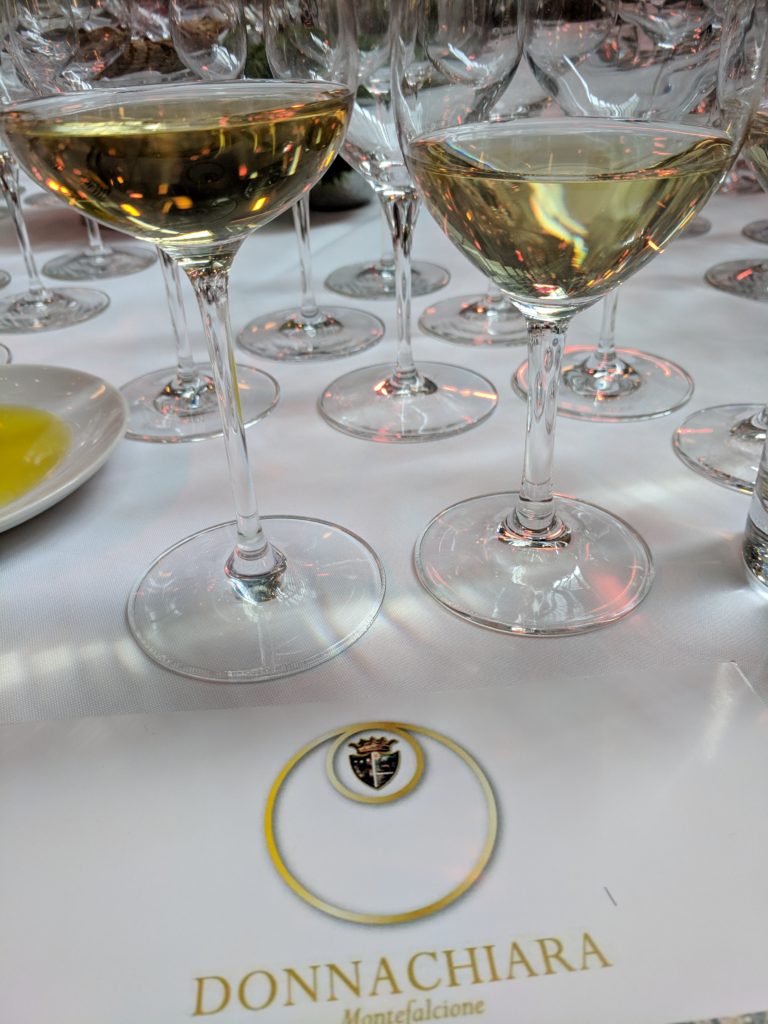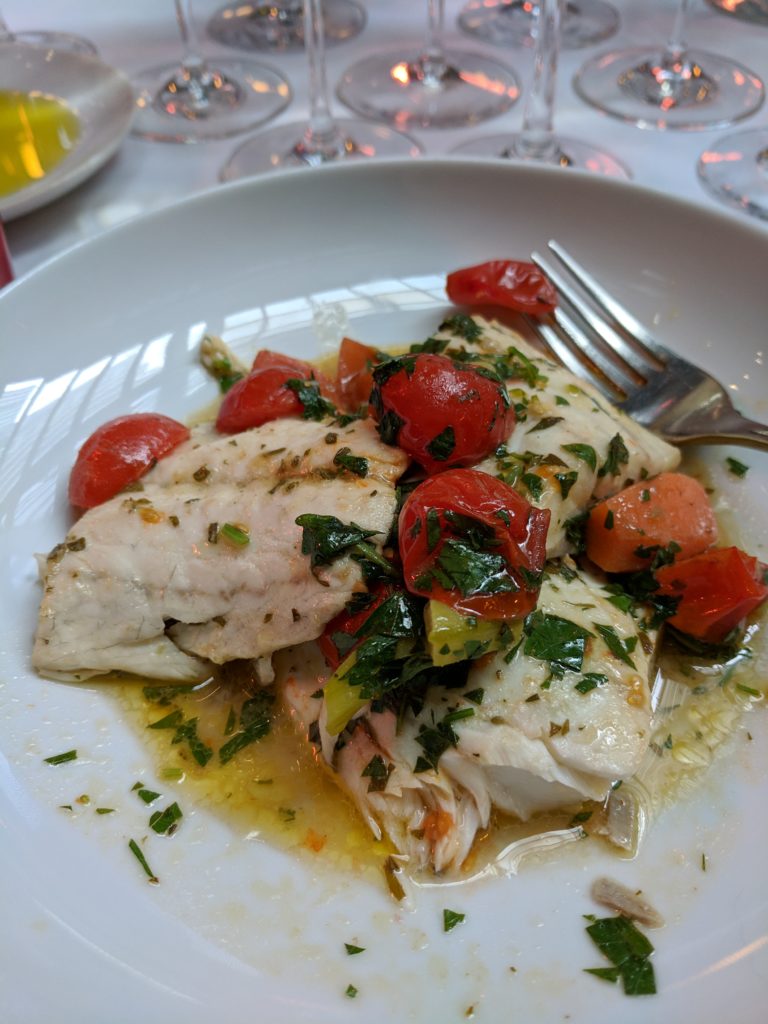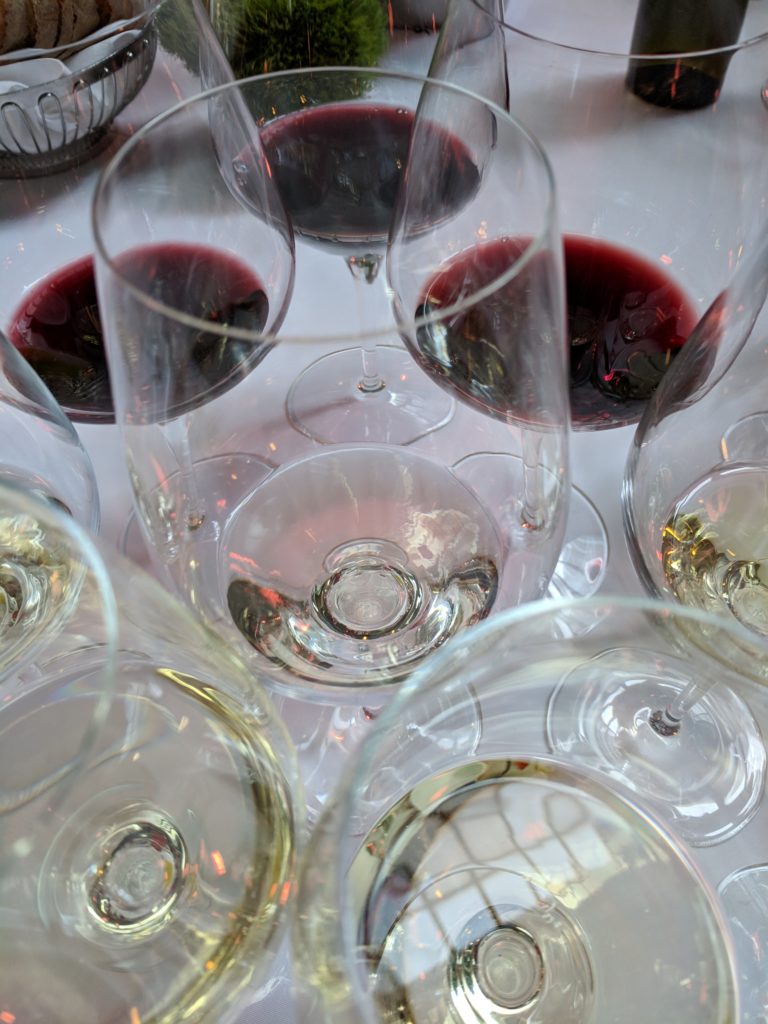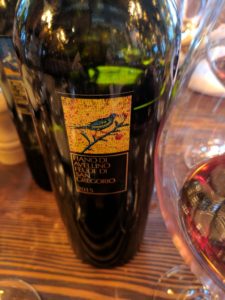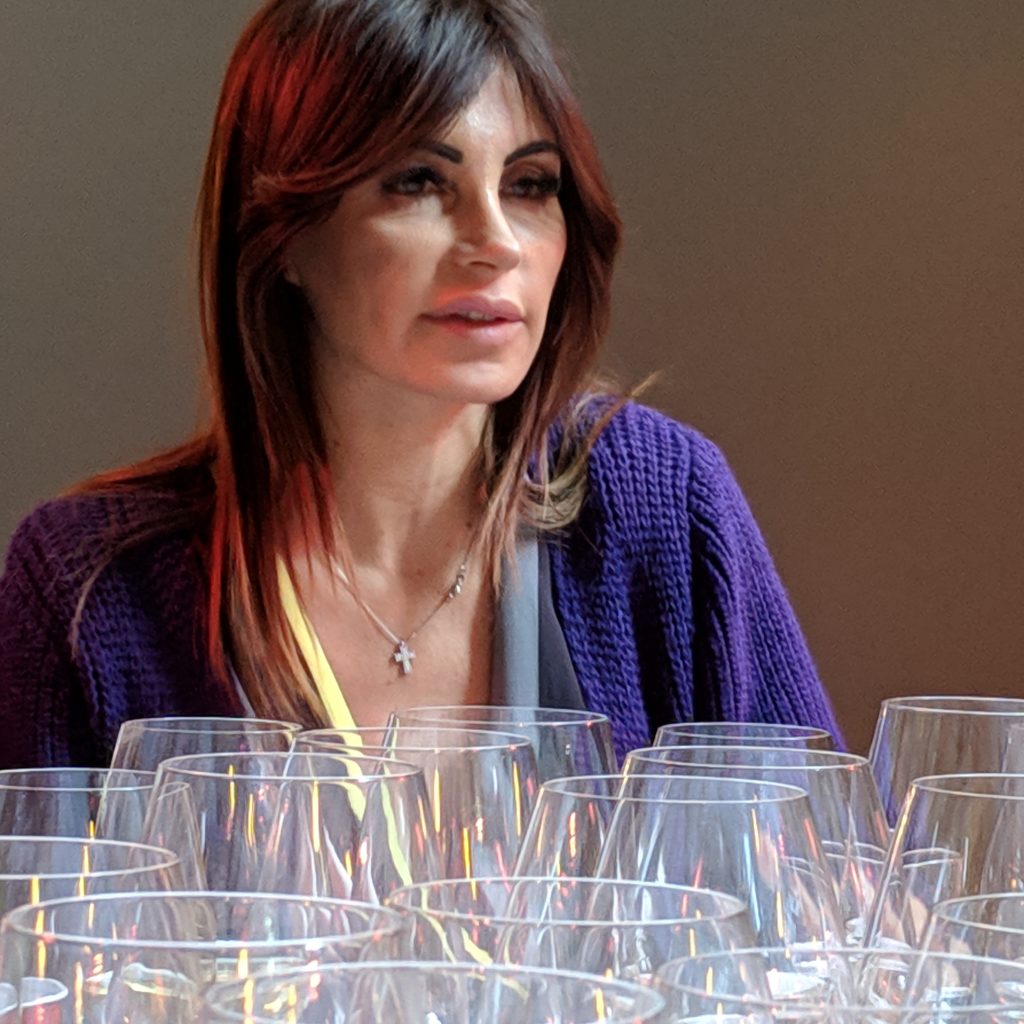
It is a challenge to grow grapes and make wine. Fortunately, the Campanian people are a resilient bunch. They have continually overcome volcanoes, earthquakes and economic hardship. In particular, the word resilience holds significant meaning for Ilaria Petitto, CEO of Donnachiara winery. She heard it numerous times growing up in connection with her family’s metalwork business (the resilience of steel). The term is also apt given the resilience of the local people and, more currently, she is applying it to the potential for Falanghina to become well known and well respected, as Grillo has now become in Sicily. Accordingly, her flagship Falanghina is called Resilienza.
Established in 2005 by Chiara Petitto (Ilara’s mother), Donnachiara was named for her aunt Chiara Mazzarelli Petitto, who instilled a love of the land in her and was the inspiration for starting her own winery in 2005. As the Petitto family has been in the region for more than 5 generations, cultivating vineyards and making wine, this was a natural progression for the family.
From the very beginning, Donnachiara has been focused on crafting high quality wines from local grapes, which is apropos of a winery situated in Campania on Italy’s Southwestern coast. Despite perhaps being better known for the Amalfi Coast, Neapolitan pizza and Pompeii, Campania stands out as having the most indigenous (local) grape varieties of all of Italy’s wine regions. Grapes such as Fiano, Greco and Aglianico are not only cultivated, but celebrated, taking center stage in the region’s highest denominations.
For Ilaria, it is Falanghina that she wishes to next elevate and believes that the vines grown in Benevento provide the best expression of the grape. This white variety most frequently display citrus, floral and herbal notes, along with medium body and bright acidity, And, while less structured than the more vaunted Greco and Fiano, Ilaria, in collaboration with Donnachiara’s consultant winemaker, Riccardo Cotarella, is confident that it has the potential to create wines of distinction.
Regionally, the majority of vineyards are primarily situated along the interior border of Campania, where the elevation and distance from the coastline keep the climate cool and green. Accordingly, harvest takes place from October through November while winemakers wait for the grapes to reach full ripeness. And, within this area, there are three DOCGs: Fiano d’Avellino, Greco di Tufo and Taurasi that reflect the region’s top wines. It is here that the Donnachiara winery is located, with an average vineyard elevation of 600 meters above sea level.
Although a handful of larger wineries dominate the vinous landscape, most wineries in Campania are small. This preponderance of tiny ventures makes it challenging to find common ground and promote the region as a whole, but with her recent appointment to the Consorzio, Ilaria is hoping to change that in time. As a medium-sized winery (180,000 bottles annually), Donnachiara has some leverage to make its name in the market, but Ilaria recognizes that they will all be more successful if they can promote Campania as a single brand. Thankfully, she has the resilience to persevere!
TASTING NOTES
Falanghina 2017, Beneventano Falanghina IGT, Campania, Italy
Aromas of pear and lanolin; dry, rich and concentrated, with medium acidity, full body and long length.
Fiano 2017, Fiano di Avellino DOCG, Campania, Italy
Bright, fresh, with a slight nuttiness, lovely citrus and minerality, culminating in long length.
Empatia 2017, Fiano d’Avellino DOCG, Campania, Italy
This organically produced Fiano was very aromatic and extremely floral, with fresh acidity, stone fruit, wet stone and long length.
Alatheia 2017, Greco di Tufo DOCG, Campania, Italy
This was very structural, with citrus and almond notes, medium acidity and long length.
Greco Riserva 2017, Campania, Italy
Having spent more time aging before release, this Greco was more concentrated, with yeasty aromas and fuller body. The Greco di Tufo Riserva will soon be approved as an addition to the DOCG.
Resilienza 2016, Beneventano Falanghina IGT, Campania, Italy
Showing some development on both the nose and palate, this wine displays minerality, medium acidity, richness, lanolin, white flowers and apricot, with long length.
All of the Donnachiara Taurasi wines are produced in a very elegant style, with resolved tannins and ready to be enjoyed upon release, although they certainly have the potential to age.
Taurasi 2015, Taurasi DOCG, Campania, Italy
Hailing from the excellent 2015 vintage, this wine offers up floral and black cherry aromas with soft tannins, an earthy undercurrent and long length.
Taurasi 2013, Taurasi DOCG, Campania, Italy
The 2013 vintage was a more challenging one, with lots of rain. Yet despite the less than stellar conditions, the wine is lovely with ripe red fruit, good acidity and long length.
Taurasi Riserva 2012, Taurasi Riserva DOCG, Campania, Italy
Only made in select years, the Riserva spent 24 months aging in oak. It displayed darker fruit and a more overt oak influence on both the nose and palate. The vintage was great, but warmer than usual.

